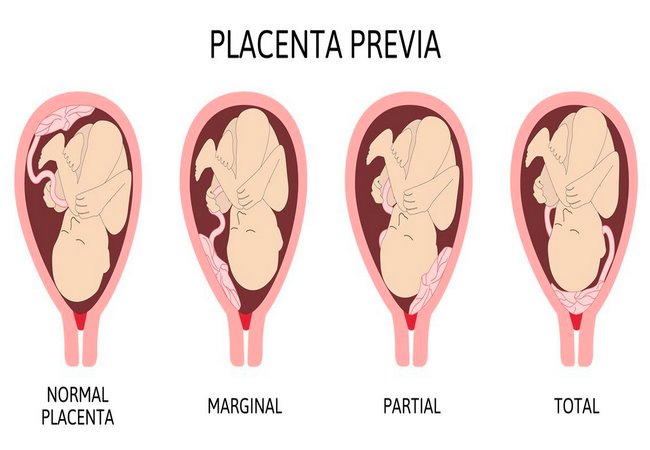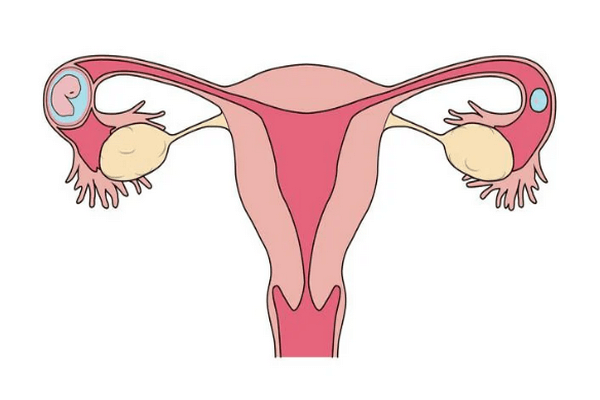Medical Management or Treatment of Schizophrenia Patient
What Do You Mean By Schizophrenia?
Schizophrenia means splitting of psychic function. Schizo means split and Phrenia means mind. Schizophrenia is defined as a functional psychosis characterized by disturbances in thinking, emotion, volition and perception. Finally, it leads on to personality deterioration.
A group of disorders manifested by fundamental disturbances or distortions in thinking, mood and behaviour, last for at least a month of active phase symptoms like delusions, hallucinations, disorganized speech, grossly disorganized or catatonic behaviour, negative symptoms such as shallow or flat affect, alogia or avolition and incongruous mood.

Acute schizophrenia may present with disturbed behaviour, marked delusions, hallucinations and disordered thinking, or with insidious social withdrawal and less obvious delusions and hallucinations. Disturbance in thinking is marked by alteration of concept formation, which may lead to misinterpretation of reality, hallucinations and delusions.
You can read: Different Causes and Types of Schizophrenia
Mood changes include ambivalent, constricted, inappropriate emotional responsiveness, or blunted effect. Lack of empathy with others disturbance in behaviour may be withdrawn, regressive and bizarre.
Treatment of Schizophrenia Patient:
1. Hospitalization in acute schizophrenia.
2. Acute relapses & chronic schizophrenia are usually managed in the community.
3. Antipsychotics drugs:
a. Short acting drugs:
- Chlorpromazine 100-1500 mg daily.
- Trifluoperazine5-30 mg daily.
- Fluphenazine 20-100 mg fortnightly.
- Haloperidol 5-30 mg daily.
b. Long acting drugs:
- Fluphenazine 20-100 mg fortnightly.
- Flupentixol 40-200.mg fortnightly.
Both are used in acute & chronic schizophrenia.
They take 2-4 weeks to be maximally effective but to prevent relapse Rx should be continued for several years.
For extra-pyramidal side effect: Procyclidin 5 mg 8 hourly.
A. Electro-convulsive therapy: Upto 12 sittings.
- Catatonic schizophrenia
B. Psychological treatment:
- Cognitive behaviour therapy
- Family therapy.
C. Social treatment:
- Counselling of the relatives.
- Rehabilitation of the patient.
- Housing & employment.
Classification of Drugs Used in Schizophrenia:
The drugs used to reduce the symptoms of schizophrenia are known as antipsychotics.
1. Conventional antipsychotics or first generation antipsychotics:
- Chlorpromazine,
- Haloperidol,
- Trifluperazine.
2. Atypical antipsychotics or Second-generation antipsychotics:
- Clozapine,
- Risperidone,
- Olanzapine,
- Aripiprazole,
- Zotepine.
Long acting drug:
- Flupenthixole,
- Haloperidol.
Short acting drug:
- Clopixol.
Family Interventions in Schizophrenia:
Relapse rates for schizophrenia are higher in families with high expressed emotions, hence family education is essential. Therapist teaches the techniques to significant personalities for reducing family expectations, tensions and comment and to enhance adaptation of client to family environment.
Elements of Family Interventions:
- Improving communication between family members.
- Education about schizophrenia.
- Expanding family and social networks.
- Lowering the level of expressed emotions and adjusting expectations accordingly.
Effective Psychosocial Intervention of Schizophrenia:
1. To enhance self-esteem and to provide comfort to the client, therapist has to utilize different psychological processes and varied psychological approaches.
2. Individual psychotherapy,
3. Group therapy,
4. Family therapy,
5. Behavior therapy,
6. Milieu Therapy,
7. Psycho-social Rehabilitation:
- Social Skills Training,
- Cognitive Therapy,
- Prevocational Skills Training,
- Vocational Training.
Risk Factors for Suicide in Schizophrenia:
- Suffering from other psychiatric disorders along with schizophrenia,
- Depression,
- Unemployment,
- Previous history of attempted suicide,
- Social withdrawal.
More questions related to this article:
- Define schizophrenia.
- What is schizophrenia?
- What do you mean by schizophrenia?
- What is the definition of schizophrenia?
- State the treatment of schizophrenia.
- Explain medical care of schizophrenia.
- Describe the treatment of schizophrenia.
- Mention the risk factors of suicide in schizophrenia?
- What are the effective psychosocial interventions for schizophrenia?
- Enumerate the elements in family interventions in schizophrenia?
- Enlist the long and short acting drugs used in schizophrenia.
- Classify the antipsychotics that are used in schizophrenia.











